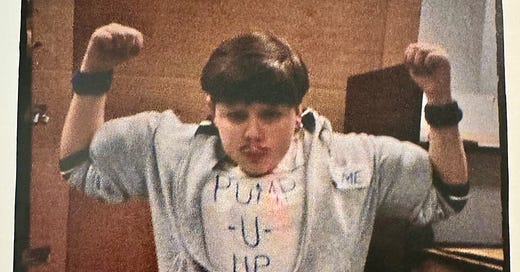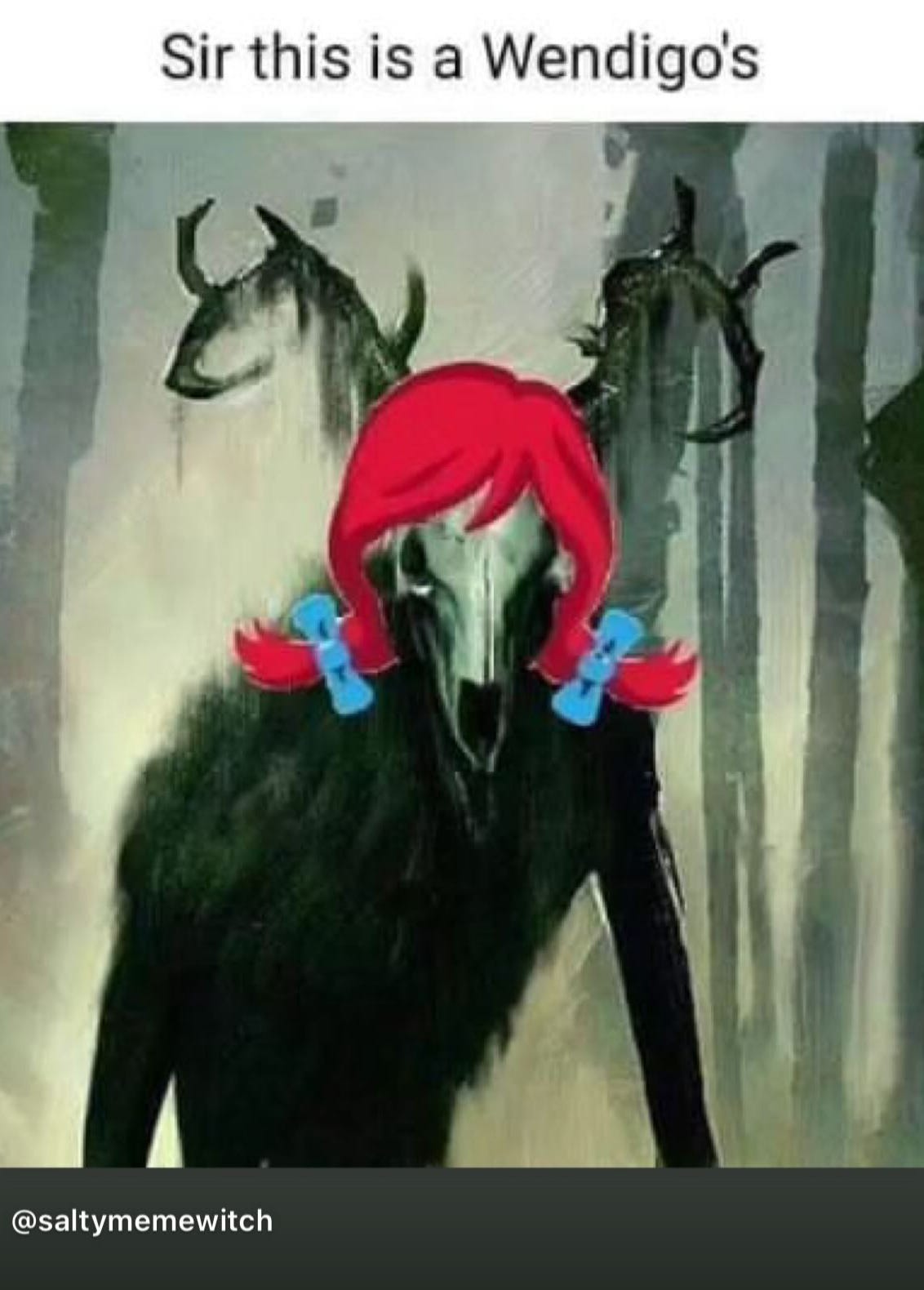Howdy, folx. Welcome to another edition of What’s Resonating This Week!
Art flowing from contemplation does not so much attempt to copy reality as rather to capture the archetypes of all that is. Such art does not want to depict what everybody already sees but to make visible what not everybody sees.
Only the Lover Sings: Art and Contemplation by Josef Pieper
As I reflect back on early childhood and even up through high school, my creativity was greatly encouraged. I would spend hours creating worlds with toys, art, and words.
My friends and I would mix and match action figures and their accompanying vehicles and buildings from multiple science fiction and fantasy universes. While they often maintained much of their personalities from their source pantheons, their characters and stories became those of our creation.
We took our creative passions to the screen, which in the early 1990s meant a huge tripod-mounted VHS camcorder with a stop-motion remote control. We made our own movies.
I drew and painted constantly.
I adored art classes in school, and I always wondered why we only got a few weeks of them out of every school year.
In the 4th grade, I would draw pictures of my favorite hair metal artists by copying their photos from magazines.
In the 7th grade, we learned to draw our hands and optical illusions. I became fascinated with capturing people and still objects with my drawings.
In the 8th grade, I recall going deep on perspective, landing a sketch of my “ideal bedroom” at a local art fair.
By High school, my father started having me draw caricatures of his coworkers for roasts and retirement celebrations.
I learned multiple musical instruments, though I never composed.
I played the piano most of my childhood, and when Junior High and High School bands became accessible, I picked up the tenor saxophone. I would play both instruments at different points in my marching band career (as well as the baritone sax and a failed attempt at the tuba).
However, one of my favorite experiences was helping our show designer develop the theme and music for our senior show.12 Equally as cool was playing a baker’s dozen or so shows with the jazz band, playing tenor sax solos in songs like Duke Ellington’s “Caravan” (featured in the 2014 film Whiplash) and the Glenn Miller Orchestra’s “In the Mood.”
I wrote poetry and skits, acted, and designed and sewed costumes for myself and others to wear for performances. I created and embodied the character combination of Saturday Night Live’s Hans and Franz and a laboratory scientist from the Acme Corporation (as envisioned by Looney Tunes cartoons featuring Wile E. Coyote and the Road Runner) for my first Odyssey of the Mind competition. I would, with later teams, co-develop mashups of SNL’s Wayne’s World and ABC sitcom Home Improvement, as well as Homer’s Illiad and the assassination of President John F. Kennedy.
When it became possible to make websites, I would spend hours crafting them. While I was quite competent in the technical skills of web design, it was a means to an end. It was how I got it to work. I was far more concerned with what I could create. While spending hours in a wheelchair and wearing a waist-to-neck brace, I would sit at my computer writing stories and mixing colors, graphics, and sound into the free web space provided by my University.
Between the ages of zero and nineteen, I was one creative mother fucker. I haven’t told half of the stories that have popped into my head while writing this piece.
Capitalism Enters the Chat
By then, I was about a year into university, and an evolution had started: Everything had become about money.
My father nudged me toward engineering rather than humanities. I’ll never forget our conversations as I chose a college and course of study. I would tell him I wanted to major in history or political science. His unwavering reply was always something along these lines:
You need to major in some kind of engineering or technology-centric field. I have History majors driving lift trucks in my warehouse.

I can’t help but sense the irony in writing this reflection while unemployed after being laid off from my technology-centric career.
There was this sense that my passions were incompatible with a responsible and financially secure adult life. And so even though my favorite college courses focused on literature and writing, philosophy and religion—I majored in Computer Science.
As a young adult, my creative passions took a back seat to marriage, parenting, and professional life. While this is true of almost anyone entering these busy transitional years of new relationships and responsibilities, something slowly started to die in me. I would try to hang on to my creativity, but it would slowly ebb into my shadows. Software engineering had a creative element, but it was nearly always stifled.
I later learned creativity was still OK, but only in a capitalistic sense: how can it be transformed into value?
I could make websites again, but only if they were retail storefronts for home-based businesses that made us cash.
I could go on stage again, but only as a technology speaker, receiving an hourly rate.
As it turns out, I was good at all of this shit. So good that I made a very respectable Silicon Valley salary getting paid roughly to “be smart and share my opinions.”3
Looking back on a Medium post from 2016, it’s clear something had gone very wrong:
I’ve basically decided that I really need to get torqued off in order to get motivated to write a blog. Writing is hard, and at least in my experience, a certain amount of pent up passion is required in order to get a writing project of any length off the ground.
Reclaiming Creativity
I’m moving out of this either/or into a both/and.
From a yes/no into an always yes.
I believe I can live a resonant and abundant life of play that is also profitable.
I’m discovering it’s possible to combine one’s passions with one’s vocation without destroying one’s soul. It’s tricky, but it’s possible. You’ll get your hands dirty, but you can always wash them at the end of the day.
My creativity finds expression in writing, podcasting, branding, marketing, and graphic design. It breaks free while interpreting a spread of tarot cards or the energies mixing within an astrological chart. It comes alive in telling my own stories and pulling the threads of others’ stories—giving them a piece of my humble platform to amplify their voices.
Much of this work is in service of starting new businesses so that I can play yet another round of late-stage capitalism. But I’m finding that doing the work that gives me pleasure makes the toil of it somehow worthwhile. I continue to find hope in a future where my creative endeavors provide abundant resources for myself and my family.

Creativity is not optional.
Poetry, myth, and art give us tangible sensory expressions of the connectedness of all things. While differing in perspective, our myths speak of common archetypal themes and personas within the collective unconscious. These themes and personas connect us to humanity's collective experience and wisdom.
Their differing perspectives are evident in the myriad ways artists, poets, and writers of myth have captured snapshots or vignettes of these universals. Each person is touched in a different way, and a different collective experience transforms each culture. They eternally capture what these creators felt resonant with that archetype at that time and place in their lives.
And yet, we can find the universal within the particular.
With poetry, myth, and art, we can better understand ourselves and our purposes in this life. We can connect with humanity's collective wisdom. We can touch the divine essence that resides inside each one of us.
And maybe even make a little money along the way.
Each day I lean into my creativity, I come alive again—just a bit more.
And Now For Something Completely Different
That’s all for this edition of What’s Resonating This Week! Catch you next Tuesday!
This is for the one reader who wants to know—the theme of our senior field show (1996) was Metamorphosis. It consisted of the following pieces:
- Hymn to Red October by Basil Poledouris
- Fire of Eternal Glory by Dmitri Shostakovich
- March from Symphonic Metamorphosis by Paul Hindemith
- All Things Bright and Beautiful by John Rutter
- O, Clap Your Hands & Gloria (Mvt. 3) by John Rutter
For about thirty minutes, I successfully ratholed on footnote #1, watching YouTube videos of these pieces as performed by the Santa Clara Vanguard, Phantom Regiment, and Cavaliers of Drum Corps International.
Credit goes to Scott Truitt for this epic job description. Miss you, bro.





